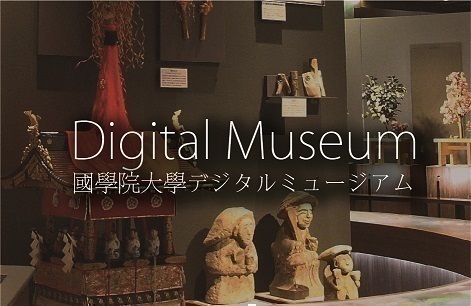- トップ
- Encyclopedia of Shinto
- Atsuta Shinkō
Encyclopedia of Shinto
| Main Menu: | |
| Links: |
詳細表示 (Complete Article)
| カテゴリー1: | 6. Belief and Practice |
|---|---|
| カテゴリー2: | Shrines and Cultic Practices |
| Title | Atsuta Shinkō |
| Text | The cult of the shrine Atsuta Jingū and its approximately 2000 "emanation shrines" (bunsha) spread widely throughout the country, but worshippers are especially numerous in the Tōkai region. The tradition that the Kusanagi sacred sword, one of the "the three sacred treasures of the imperial house" (sanshu no jingi), is enshrined at Atsuta, as well as Atsuta Shrine's central location in the Tōkai region are why it has been a popular place of worship since ancient times. There are five deities worshipped along with the main kami at Atsuta. Of the five main kami enshrined at Atsuta, four of these, Amaterasu ōkami, Susanoo no mikoto, Yamato Takeru no mikoto, and Miyasuhime no mikoto, are connected with the founding legend of Atsuta Shrine. When Yamato Takeru subjugated the east during the Keikō Emperor's reign, Yamatohime no mikoto gave the Amenomurakumo sword (that Susanoo had captured from Yamata no orochi) to Yamato Takeru. After conquering Ezo (present day Hokkaido) Yamato Takeru left the sacred sword with Miyasuhime no mikoto (the Nihonshoki and the Kojiki use different characters for her name), the daughter of the Owari "governor" (kuni no miyatsuko). Yamato Takeru died while the sword was still in her possession. Miyasuhime enshrined the sacred sword at Atsuta as the "the sacred treasure of the heavenly symbol" (amatsu mishirushi no kandakara). The origins of this sword, which is a "symbol" (mishirushi) of the "succession to the rank of emperor" (kōikeishō) and the legend of the hero who subdued the country are both important elements of Atsuta belief. Of the five deities enshrined as the main kami from the perspective of regional faith Miyasuhime no mikoto and Takeinaho no mikoto receive the most attention. Miyasuhime no mikoto, the daughter of the governor of Owari, was long celebrated in the traditions of the Owari clansmen. Also, Takeinaho no mikoto is a "rice spirit" (inadama), with rich regional characteristics. According to one explanation, the name Owari may derive from "owarida" and if true, "Owari" would mean the clearing of land and the cultivation of rice paddies. The ancestors of the people in Owari cultivated the alluvium around the mouth of the Kiso River into bountiful rice paddies, and their worship of Takeinaho no mikoto as the kami of Owari rice paddy development grew out of their labours. Yamato Takeru, son of the Emperor Keikō, took the Owari governor's daughter Miyasuhime no mikoto as his bride, and the sacred sword was enshrined at Atsuta. In the medieval period, partly because Minamoto no Yoritomo's mother was the daughter of an Atsuta Shrine head priest, Yoritomo and other members of the warrior class were devoted to Atsuta Shrine. Since one of the symbols of "succession to the rank of emperor" (kōikeishō) is enshrined at Atsuta, in order to clarify that Atsuta's rank was close to that of Ise Shrine, Atsuta Shrine received permission to use the title "Jingū" in 1868. In the fourth year of Meiji, Atsuta was included among the kanpei taisha (the highest ranked shrines, managed by the Jingikan). Today, more than 10 million pilgrims visit Atsuta Shrine annually, and more than 500,000 visit on the first and fifteenth of every month. — Nakanishi Masayuki |




